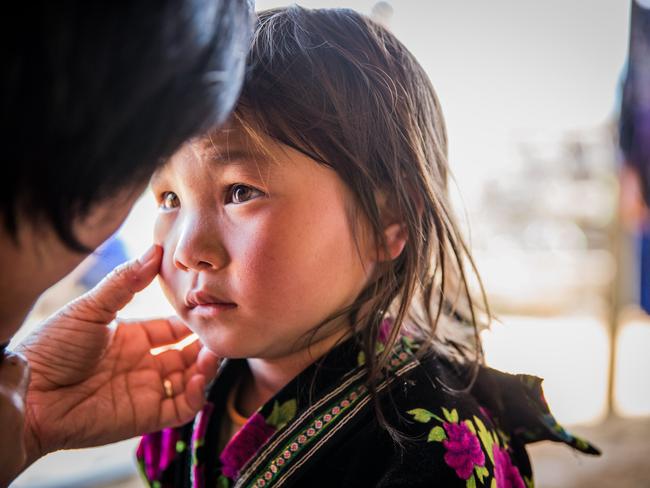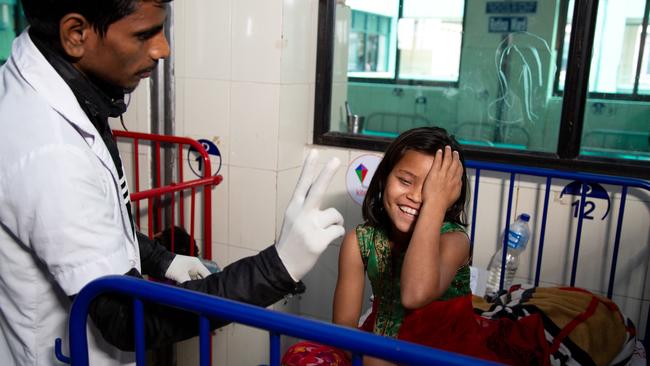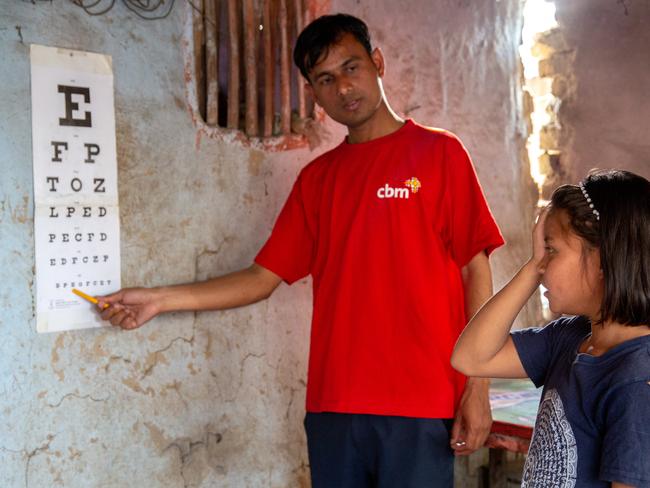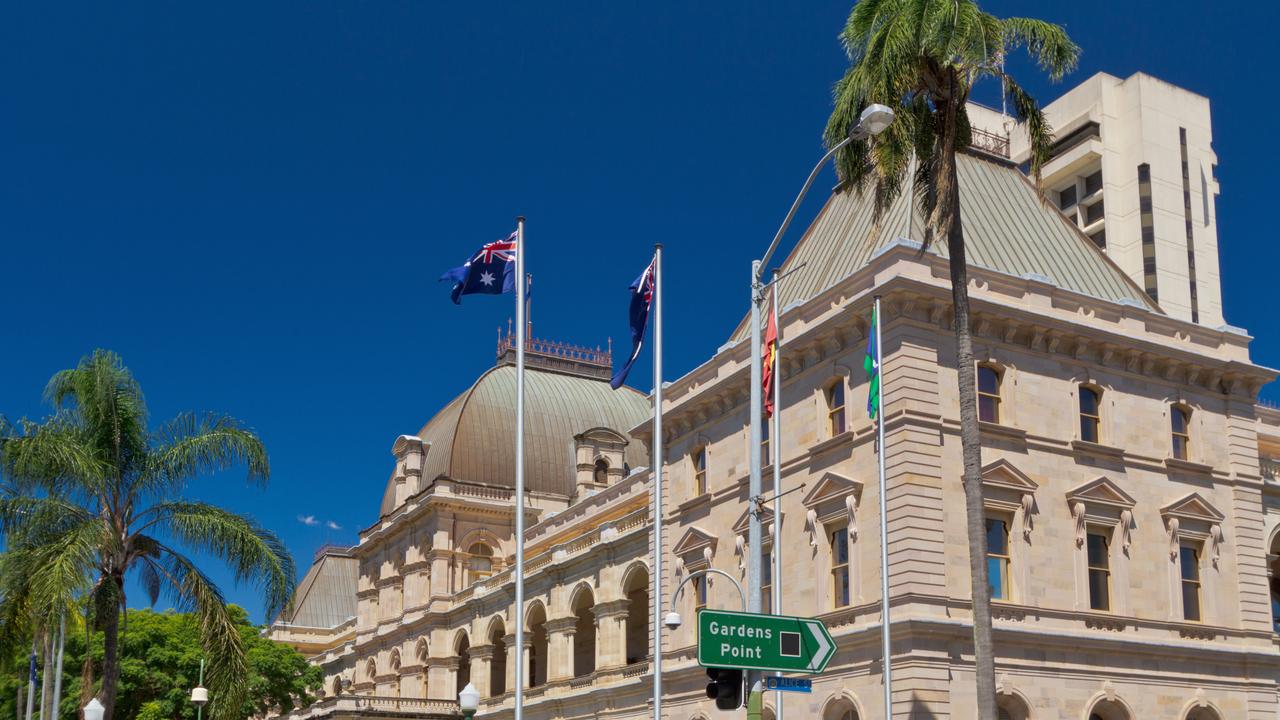Gift of sight a 1500 investment miracle
Vision impairment — one of the most treatable afflictions — is one of the major factors exacerbating poverty. Just $33 can turn a life around.

–
-
During a time of inflated food and energy costs, developing countries are set to bear the brunt of economic conditions they can ill afford. Rising costs hit the poorest the most, and with budgets constrained, health systems in the developing world will find themselves increasingly stretched.
Any easy way to make an immediate contribution to the lives of those facing increased poverty is by tackling one of the most pressing, but solvable problems – vision impairment.
Studies have shown that vision impairment is one of the major factors that exacerbates poverty, with over 90 per cent of the affected living in low- and middle-income countries.
According to a report by The Lancet Global Health Journal, conservative estimates suggested that vision impairment resulted in (at least) $410 billion in lost economic productivity in 2020.
Encouragingly, 90 per cent of people with vision impairment have a preventable or treatable cause with existing interventions.
This is where organisations like CBM come into play. Jane Edge, CBM chief executive described the compelling nature of the organisation’s work as its “focus on the most marginalised people, people with disabilities living in poverty.”

Working with developing community-based programs, CBM has spent 110 years helping millions of people with disabilities. CBM concentrates on supporting the local health system and engaging with local partners to deliver their life-changing programs on the ground.
Suraj Sigdel, CBM Global Disability Inclusion country director, Nepal said that the organisation‘s work in providing cataract surgeries has been life changing for many of the country’s disenfranchised communities.
“In Nepal, CBM supports, on average, 100,000+ eye surgeries in a year (100,893 in the year 2021). Many needy people from India also benefit from these services. Around 1 per cent of these surgeries are performed for children,” he explained.
Nepal itself has one of the highest rates of cataracts in the world. Especially in the rural parts of Nepal, Mr Sigdel attributed this to natural and environmental factors, which are themselves exacerbated by poverty and inaccessibility to appropriate health care services.
After joining CBM in 2017, Mr Sigdel recalled a sight-saving surgery performed on a young mother from a rural Nepalese village who had bilateral cataracts in her late 30s.
“CBM community workers screened her in a community screening event and identified her bilateral cataracts. With no time to waste, she was referred to the CBM Partner Eye Hospital, examined by doctors, and had the operation to remove her cataracts,” he said.

Mr Sigdel recalled witnessing the removal of the patient’s eye patch the day after the surgery, and the indescribable experience of watching her — in “deep emotion” — looking at her child, for the first time, with restored vision.
In navigating these complex barriers to access, CBM’s work, reliant on the generosity of donors, provides a significant return on investment for its supporters.
“Donations are a practical, tangible and concrete way that everyday Australians can be a part of ending blindness,” Ms Edge said.
She explained that donations are sustainable in their approach, and that by supporting the organisation, Australians will contribute to solving one of the world’s most pressing, and preventable, inequalities.
Studies have also found that there are benefits to economic productivity if investing in vision restoration procedures, like those provided by CBM. The effects of cataract surgery, one of the most cost effective and efficient eye operations available, include the ability of people to increase their economic productivity by up to 1,500 per cent of the cost of the surgery during their first postoperative year.

Existing CBM donors are drawn towards the practical, preventative and medial work that is possible through the cataract surgeries and other eye health work that the organisation does, said Ms Edge.
The charity’s ‘Miracles Day’ is a day that celebrates ‘Miracles’ – a $33 gift that gives someone blind from cataracts the 12-minute surgery needed to restore their sight. In 2022, to celebrate 10 years of Miracles, instead of one day, the entire month of August is a ‘month of Miracles’.
“[Donors] respond to [our work] because they see that it’s possible to make a change. And I think that everyone wants to be a part of something that’s greater than themselves. This is what makes that possible,” explained Ms Edge.
-
This content was produced in association with CBM. Read our policy on commercial content here.


